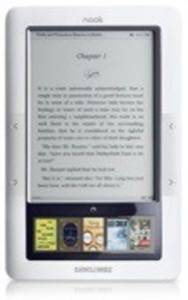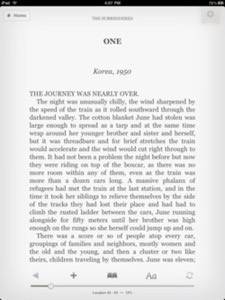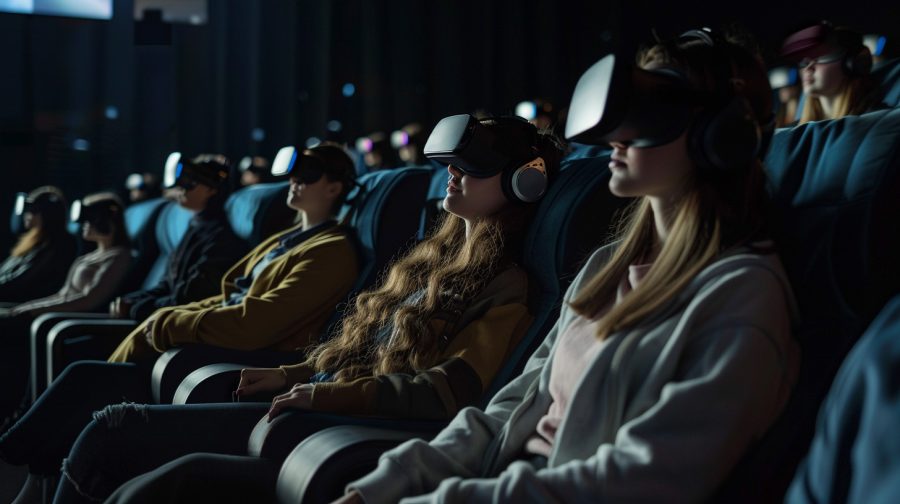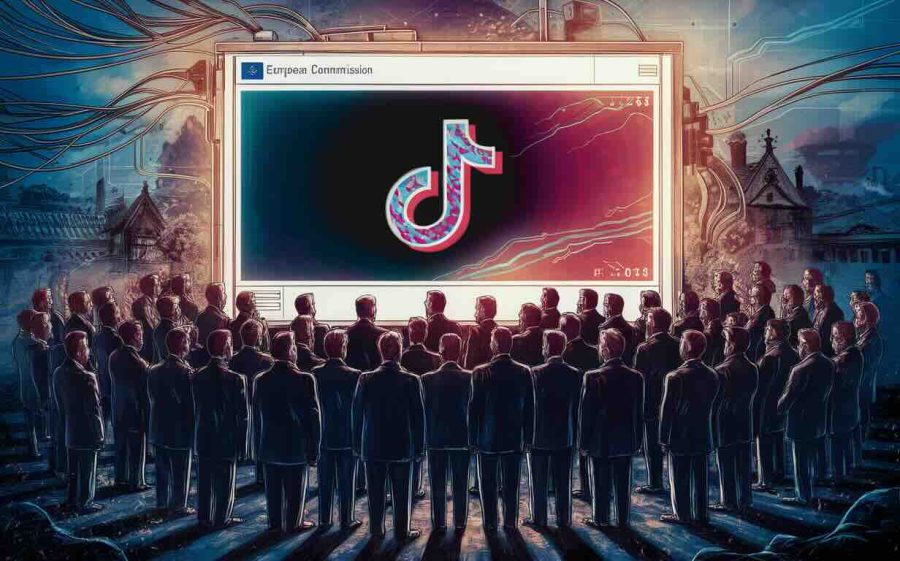eBook sales almost doubled over 2010 and now make up 9% of total consumer book sales, according to the Association of American Publishers. This growth was fueled by intense competition amongst eReader manufacturers over 2010. Amazon Kindle, Sony Reader, Barnes & Noble Nook and others attempted to undercut each other throughout the year. Further, the iPad arrived in 2010 and added to the choices for eBook consumers.

eBooks started to take off in 2009, but in 2010 things really heated up. Speaking as a consumer who has just finished reading Jonathan Franzen’s nearly 600-page novel Freedom on my iPad’s Kindle app, I can attest that eBooks are here to stay! Let’s look back then at a busy year in the eReader and eBook market.
The Great eReader Price War of 2010
ReadWriteWeb’s 2010 In Review:
- Top 10 Semantic Web Products of 2010
- Top 10 RSS and Syndication Technologies of 2010
- Best BigCo of 2010: Facebook
- Top Trends of 2010: App Stores
- Most Promising Company For 2011: SimpleGeo
- Top Trends of 2010: Internet TV
- Top 10 Startups of 2010
- Top Trends of 2010: Privacy
At the end of last year, Amazon was selling its basic Kindle for $259. In June of 2010, Barnes & Noble slashed the price of its Nook eReader to $199. Amazon immediately responded by dropping the price of the simplest Kindle to $189. In July, Sony dropped the price of its eReader from $169 to $149. The Nook then went down to $149 and Amazon announced that its new Kindle Wi-Fi, eventually released in August, would retail for $139.

The eReader price war in turn fueled demand for eBooks. During the first nine months of 2010, market leader Amazon sold three times as many Kindle books than during the same time period in 2009.
eBook Sales Nearly Double, Now 9% of Total Consumer Books
A recent report from the Association of American Publishers stated that eBooks sales grew 193% between January and August 2010. In dollar terms, eBook sales for January to August were up from $89.8 million in 2009 to $263 million in 2010.
What’s more, according to the Association of American Publishers, eBooks now make up 9.03% of total consumer book sales – compared to 3.31% at the close of 2009.

It’s difficult to get sales data from the eReader vendors. However Amazon was vocal throughout 2010 on the overall trends.
In January Amazon announced that it was selling 6 Kindle eBooks for every 10 physical books, when both editions are available. Later, in October, Amazon announced that sales of Kindle eBooks had passed sales of hardcover books.
Specifically, over the three months prior to October, Amazon said that it had sold 143 Kindle books for every 100 hardcover books.
At the end of October Amazon announced that for its top 10 best-selling books, customers bought the Kindle edition twice as often as the print copy. According to Amazon’s VP for Kindle, Steve Kessel, Kindle eBook sales also topped print sales of hardcovers and paperbacks for its top 25, top 100 and top 1,000 bestsellers.
Which Are Better: eBooks or Paper Books? It Depends…
In August I wrote a couple of posts that posed the question: which are better, eBooks or paper books? I’m not a fan of black and white answers, but in this case the answer was even more grey than usual. The fact is, there are pros and cons for both. I myself still read both paper books and eBooks, alternating between the two depending on the book.
Here were the arguments I presented for each side.

5 Ways That eBooks Are Better Than Paper Books
1. Social Highlighting
2. Notes
3. Look-up of words
4. Ability to Tweet & Facebook quotes
5. Search
5 Ways That Paper Books Are Better Than eBooks
1. Feel
2. Packaging
3. Sharing
4. Keeping
5. Second-hand books
There’s little doubt that paper books will be a commercial force for a long time yet. Nevertheless, in 2010 eBooks and eReaders took a big step forward and eBooks now represent a sizable minority of the overall book market.
Let us know in the comments about your own usage of eBooks and eReaders this year. What’s changed for you in your book reading habits? How many eBooks did you read?










